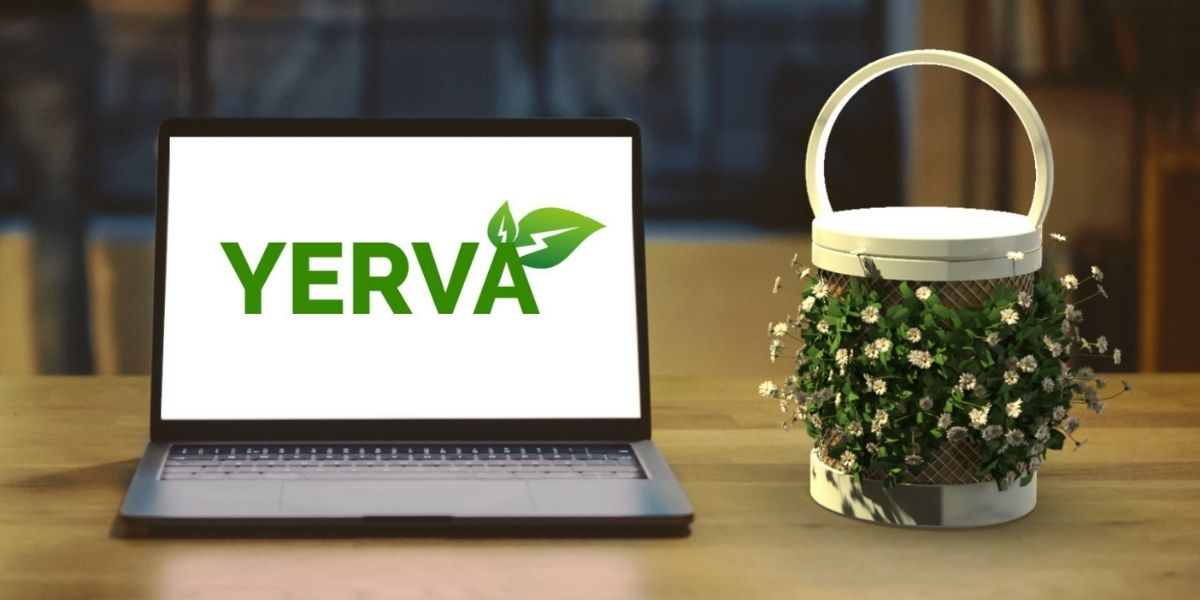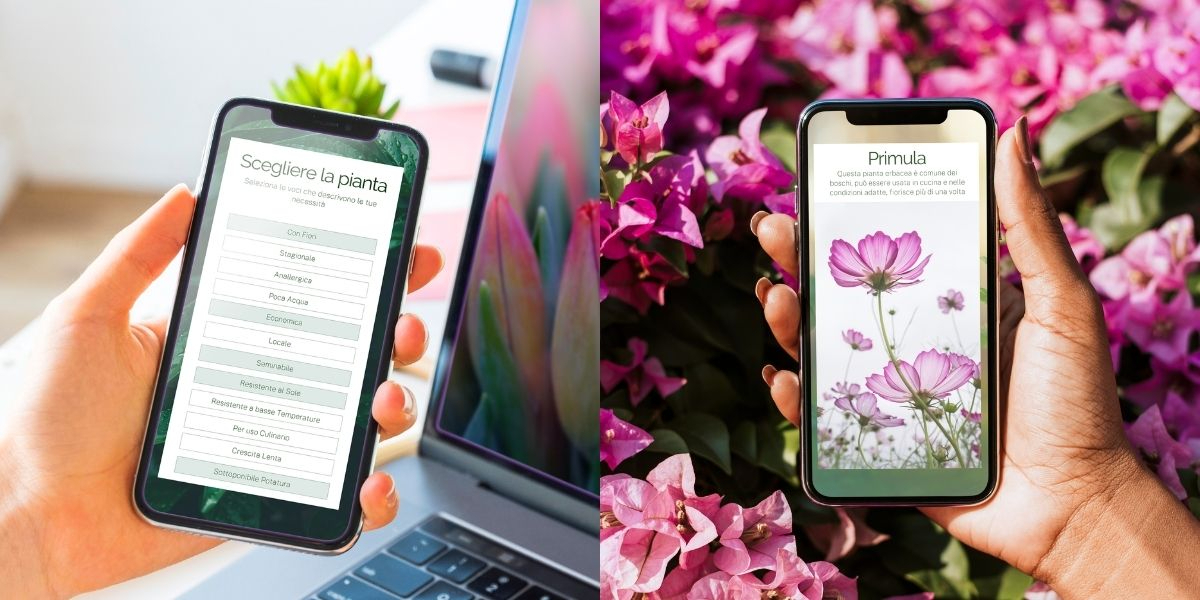AWARD YEAR
2023
CATEGORY
Home
GOALS
Good Health & Well-being, Affordable & Clean Energy, Reduced Inequality, Sustainable Cities & Communities, Life On Land
KEYWORDS
Environmental protection, Clean Energy , Green Energy, Greener Living, biodiversity
COUNTRY
Italy
DESIGNED BY
Matteo De Luca
WEBSITE
https://www.linkedin.com/in/matdeluca
Yerva
Yerva is a lamp designed for domestic environments which runs with the energy produced by plants.
How does it work?
Yerva makes the best use of the P-MFC technology. Plants produce organic matter through photosynthesis which is then expelled into the soil and oxidized by the bacteria that live around the roots, thus releasing electrons. Electrons are then attracted to the anode placed in the ground and the potential difference with the respective cathode generates a flow which is collected in a capacitor inside the vase. Soil is held in place by nets and the plants grow vertically. These absorb water from an internal wick that carries it upwards from the saucer, which at the same time acts as a water reservoir. The lamp is charged wirelessly when placed on top of the pot and gives visual feedback to the user on the state of the charge and the humidity present in the soil.
Why is it needed?
By following the global trends of stimulus programs in the energy sector, there is an opportunity to take giant steps on green initiatives. The recession caused by the events of the past few years has temporarily suppressed emissions, but only changes in the way we generate and utilize energy can break the trend. The energetic production was calculated based on temperature, inclination of the sun's rays at different latitudes and on the type of photosynthesis that the plant performs. The modest energy production (0.4 mW/m2) also depends on the square planted area. With further experimentation, Yerva could lead to the creation of a self-sufficient housing system in both developed and underdeveloped countries. P-MFC systems could complete a new concept of furniture, alive and in mutualistic symbiosis with the user: the survival and care of these plants would be able to satisfy the energy needs of the average family in whole or in part, saving money and polluting less.
How does it improve life?
The extension of ecosystems to support urban well-being via the use of P-MFC is addressed with a psychological and practical take. Cities cannot be sustainable over the longer term if their economic growth impairs the environment that they depend upon for clean air,water, food supplies, and other ecosystem services. Cities are associated with higher rates of most mental health problems compared to rural areas (e.g., higher risk of depression, anxiety, schizophrenia, loneliness, isolation and stress). Urban green spaces, such as parks, playgrounds, and residential greenery, can promote mental and physical health, and reduce morbidity and mortality in urban residents by providing psychological relaxation and stress alleviation, supporting physical activity, and reducing exposure to air pollutants, noise and excessive heat. By adding an economic and ulterior environmental value to urban green spaces makes public investments for the integration of systems like Yerva even more justified.







